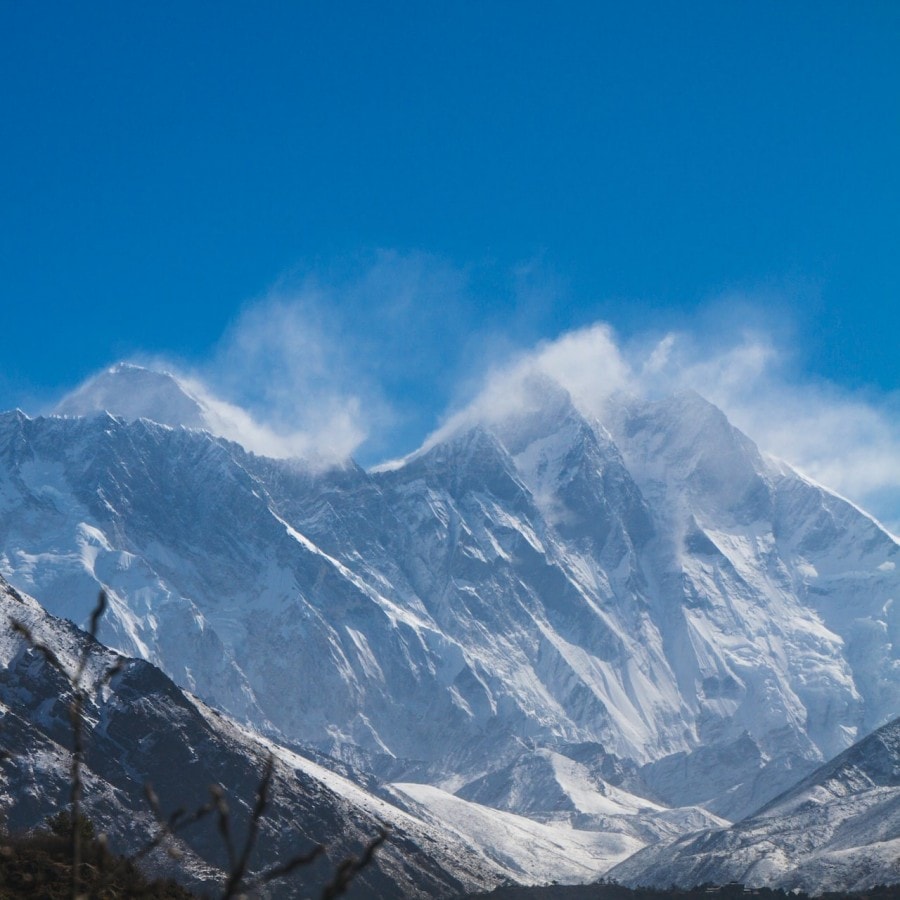Sagarmatha National Park

National Geographic picked in 2009
Country : Nepal
Currency : Nepalese Rupee
Big Mac Index is not available
Travel Safety : Moderate Risk
Sagarmatha National Park is a UNESCO World Heritage Site located in the northeastern region of Nepal. The park is home to the highest peak in the world, Mount Everest, as well as other famous peaks such as Lhotse, Cho Oyu and Makalu. It covers an area of 1,148 square kilometers and is home to a diverse range of flora and fauna, including the endangered snow leopard and red panda. Getting There: The nearest airport to Sagarmatha National Park is Lukla Airport, also known as Tenzing-Hillary Airport, which is located in the Solukhumbu district. The airport is only accessible by small aircraft and the flight from Kathmandu takes about 30 minutes. From Lukla, it's a two-day trek to reach the park entrance. Alternatively, you can also take a bus or jeep from Kathmandu to Jiri and then trek for about a week to reach the park. Things to See and Do: - Mount Everest: Of course, the main attraction of the park is the opportunity to see the world's highest peak, Mount Everest, up close. The best time to see the peak is from September to November and from March to May. - Gokyo Lakes: These high-altitude glacial lakes are located in the west of the park and offer stunning views of the surrounding peaks. - Namche Bazaar: This Sherpa village is the main gateway to the park and is a great place to learn about the culture and way of life of the local people. - Tengboche Monastery: This is one of the most important Buddhist monasteries in the region and is known for its beautiful architecture and location surrounded by stunning mountain views. When to Visit: The best time to visit the park is during the spring (March-May) and autumn (September-November) seasons when the weather is mild and the views of the peaks are clear. However, it is also possible to visit the park during the monsoon season (June-August) but the trails can be muddy and the views of the peaks will be obscured by clouds. Tips: - Be prepared for the altitude: Sagarmatha National Park is located at high altitude so it's important to take it easy and acclimatize properly to avoid altitude sickness. - Pack warm clothing: Even in the spring and autumn, the temperature can drop significantly at night so warm clothing is essential. - Make sure you have all necessary permits: You will need a TIMS (Trekkers' Information Management System) card and a Sagarmatha National Park permit to enter the park.
Photo - Unsplash: Karthik Thoguluva